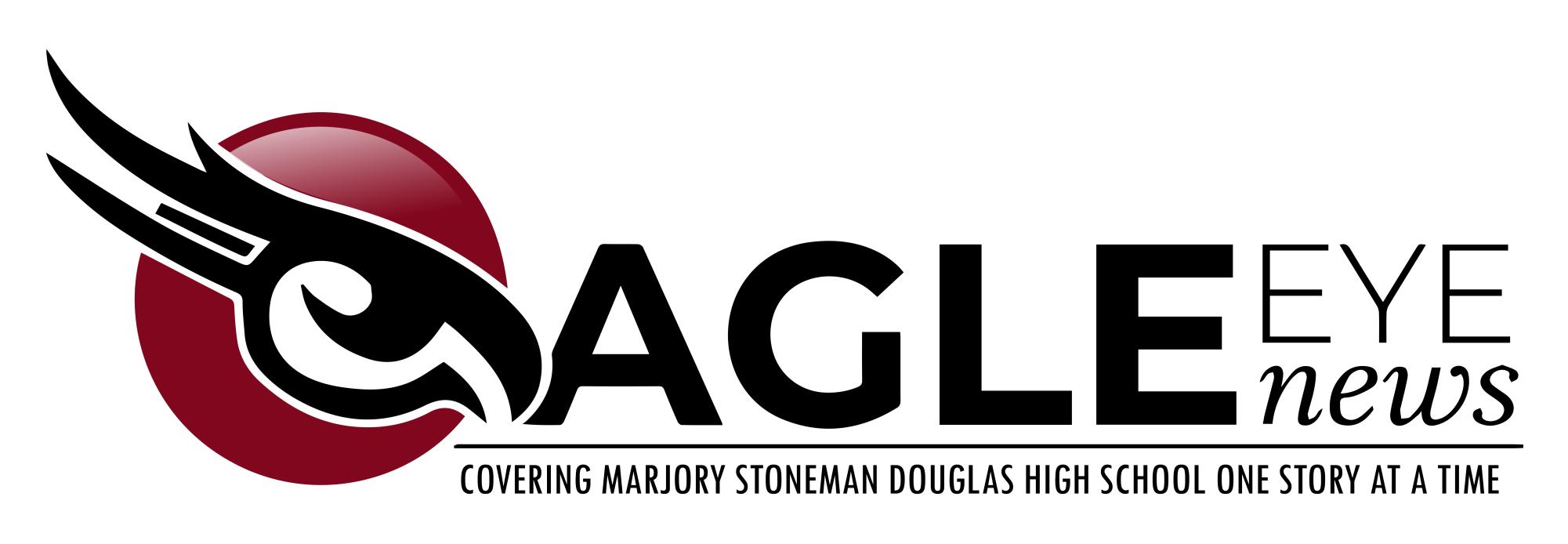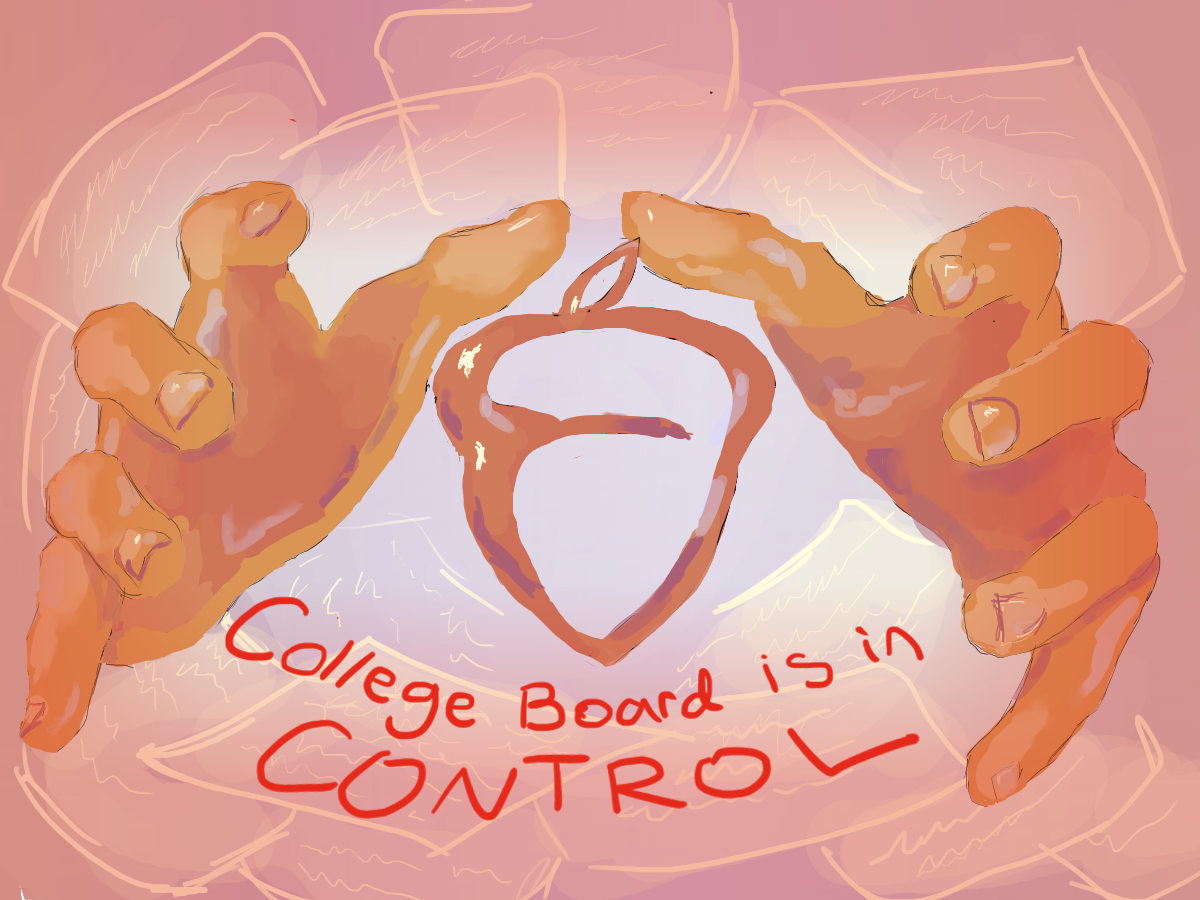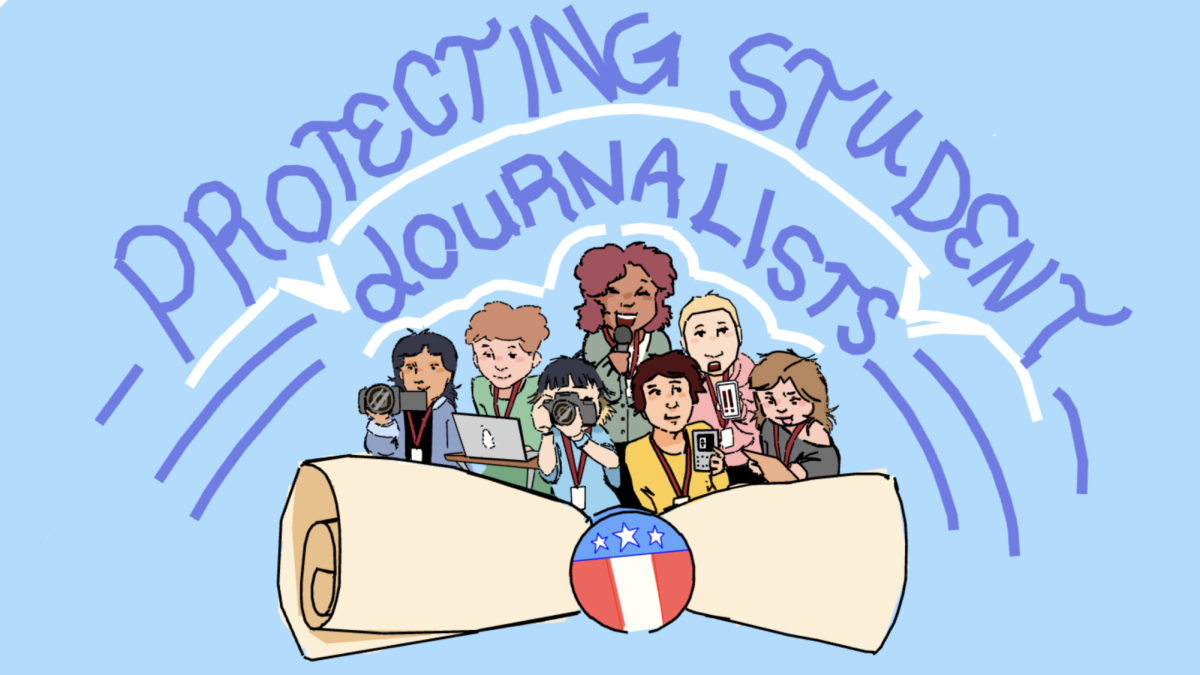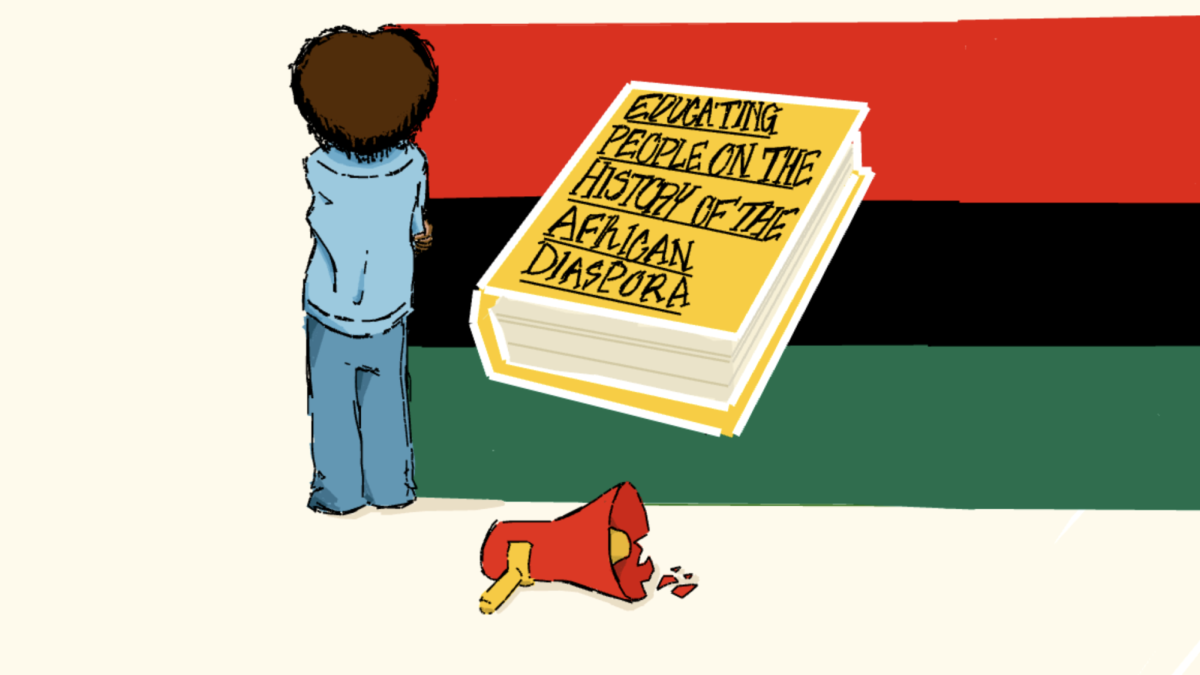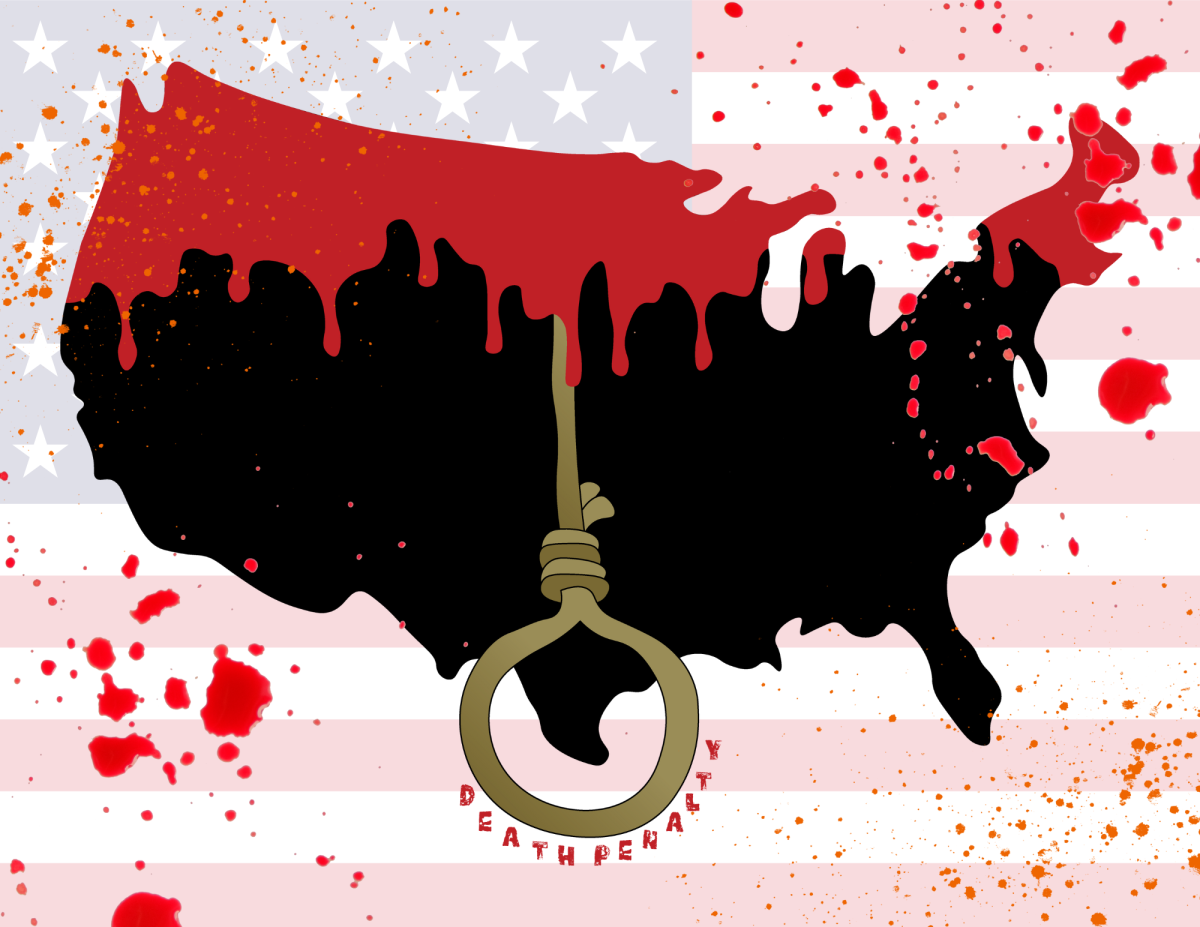As conservatism sweeps the nation, the privatizing and defunding of the public education system continues. When the state fails to provide adequate services like education, corporations step in.
Corporations like College Board, which provides Advanced Placement classes and the SAT, reap millions of dollars annually by entering the public education system and administering expensive educational programs which students must pay to take. College Board is one of many organizations that operates in a for-profit structure—when a company’s primary goal is to generate income for its owners and shareowners.
With the millions of dollars they make from schools and students purchasing the SAT and AP exams it offers, College Board engages in unfair business practices. For instance, it makes foreign investments in order to avoid United States tax liabilities, and uses the money generated to undercut competitors in the college readiness market.
In 2016, College Board undercut the ACT testing program by $15 million dollars in order to get a state contract in 2016.
By participating in these practices and mainly directing focus to making money rather than developing an educational course that will benefit the high schoolers enrolled in AP classes, College Board harms students.
Only focused on making money, College Board raises the already high prices of its exams.
Its undercutting strategy has helped it obtain a monopoly—when one company has power over a market with little to no competition. College Board’s monopoly in the college readiness market allows it to set the costs of its tests however high it wants.
Taking an AP course, if not paid for by the school, costs $97 for students in the U.S. and $145 for those taking a specialized AP Capstone course exam. Further, the cost of sending AP exam scores to colleges for credit checks cost $15 per college. These prices are incredibly high and add up for students, especially those who come from lower-income families.
Although some school districts like Broward County Public Schools pay for these costly AP courses so students can take them for free, exorbitant amounts of money–which could have been used for student programs, school improvement measures and teachers’ salaries–are lost. BCPS is drawing almost $7 million from its funding allocations that come mostly from public taxes to pay for a three-year contract with College Board.
Additionally, the way AP curriculums are designed to be taught causes difficulties for students. Teaching students all the curriculum in AP classes is simply unrealistic, given the sheer amount of content in them. This creates an environment in which learning is rushed, and many students struggle to adapt to a curriculum not made with realistic pacing in mind.
Teachers will have to adapt to a pace that is unsustainable for learning, covering too many units in too little time.
“When I first started teaching this class in 2016, it was a full ten-thousand years of human history,” AP World History: Modern teacher Devin Schaller said. “That was always a real challenge, never finishing, because there is just no time.”
In Florida, a policy ensures AP course teachers earn a $50 bonus for every student who receives a passing score on that AP exam. Teachers interested in higher pay may pick up many classes, including AP classes, as planning periods at MSD pay less than a teaching period. This contributes to the overwork of teachers, which then affects their ability to educate students.
This overwork is also seen in students. Academic competitiveness is fostered when students are driven to take as many high-level classes as possible. For teachers, the workload of grading increases as more students take AP classes. For students, they struggle to handle several AP classes, exacerbating stress.
Taking several AP classes was not expected for all students. From its inception in the 1950s, the AP program served a particular group of students: high-achieving white learners in highly funded high schools. More AP classes were placed in schools in 2000 when the Clinton administration used federal funding to support the expansion by supplementing the costs of tests for low-income students. This worked in favor of College Board, as between 2007 and 2019, the company’s net assets grew by 276%.
Public schools wanted to replicate a private system that would allow all students to succeed, rather than implementing improved public school curriculums. AP classes became the standard for ambitious students to prepare for college—even though researchers found that AP classes are not strong predictors of student performance in college.
In the current day, at low-income schools, the AP program is expanding too quickly to sustain all the new classes and students, which results in more failed examinations than passes. While students of color make up a growing percentage of AP students, over 70% of Black test-takers did not pass their AP exams compared to a 42% no-pass rate among all test-takers. Even though many low-income schools were not ready for AP programs, they were pushed onto these schools for a greater profit margin.
The test that students are required to present to colleges, the SAT, is another area where education is monopolized. These exams are almost always required to apply for colleges. However, College Board’s monopolistic tendencies still shine through. The College Board uses its funds to make the SAT the standard and allows no market competition on other exam prices like the ACT. Other tests have to meet the pricing demand of the SAT, actively forcing students to accept the inflated costs.
The cost for students does not end there, especially for higher-income students, as they will often take some form of SAT prep. It is not a surprise that schools that go test-optional see an increase in the number of black and Latino students, who are less likely than white students to have access to expensive SAT prep.
IBISWorld reports that the tutoring and test preparation industry is valued at $1.1 billion, with standardized exam prep services making up 25% of the industry.
If a student is to take an SAT or PSAT, they have to pay $68 for each test they take. The glaring part of this is that students are also forced to pay an additional $68 for another test date before they know their previous test scores, in case they did poorly. This all caters to wealthy students who can afford test prep and the cost of taking multiple tests.
“You have to pay a lot of money to get accepted into an institution for higher education,” sophomore Isaac Lam said. “It defeats its purpose to give students access to education.”
SAT scores have effectively become a measure of wealth, not a measure of intelligence, as prep and multiple test tries all require a significant amount of money. This is a noticeable pattern; children of the wealthiest 1% of Americans were 13 times more likely than the children of low-income families to score a 1300 or higher on the SAT.
In the end, AP classes often do not count for college credit at many colleges, like Harvard and Yale, which is a big selling point for students in a country where college costs are astronomically high.
This begs the question of why the federal government is not investing in public higher education. An educational system should be based on the voice and money paid by the taxpayers, not the endless chase of profits. Not only that, but College Board takes money from schools to pay for the costly AP classes that could have been used to invest in their own programs.
